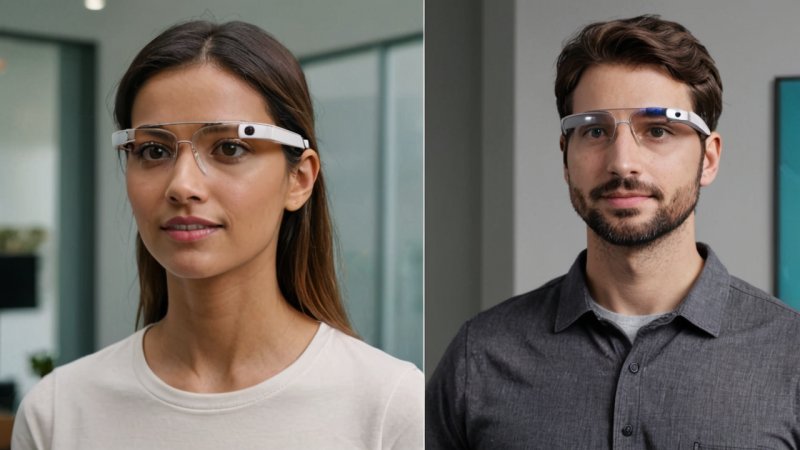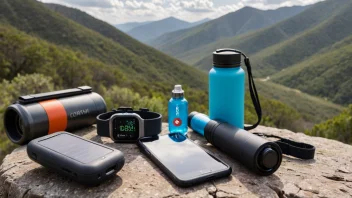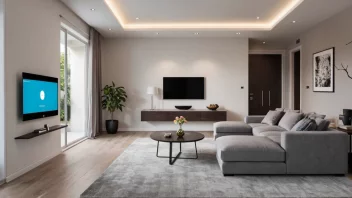As technology continues to evolve, smart glasses have emerged as a captivating tool for enhancing daily life, work, and leisure activities. With leading contenders like Google Glass and Microsoft HoloLens, it’s essential to explore their features, usability, and potential impact on everyday tasks. This comparison will delve into the functionalities, advantages, and drawbacks of each device, helping you decide which smart glasses may be best suited for your needs.
Overview of Google Glass
Google Glass, initially launched as a consumer product, has shifted its focus towards enterprise applications. These lightweight, wearable glasses provide a heads-up display that overlays information onto your field of vision, allowing for hands-free access to notifications, navigation, and even video calls.
Overview of Microsoft HoloLens
On the other hand, Microsoft HoloLens represents a leap into mixed reality, blending digital content with the real world. Unlike Google Glass, HoloLens features advanced holographic computing capabilities, enabling users to interact with 3D models and applications in real time, making it particularly appealing for developers and professionals in design and engineering.
Design and Comfort
When it comes to design, both devices have their unique characteristics. Google Glass has a sleek and minimalist aesthetic, resembling traditional eyewear, which makes it more socially acceptable for casual use. In contrast, HoloLens is bulkier, resembling a headset, which may not be as discreet but is designed for immersive experiences.
Weight and Fit
Google Glass is lightweight and comfortable for prolonged wear, making it suitable for everyday activities. HoloLens, while heavier due to its more complex technology, offers adjustable straps and cushioned support for comfort during extended use.
Functionality and Features
Feature-wise, Google Glass is designed primarily for quick access to information and notifications. Users can take photos, send messages, and receive directions using voice commands. Its camera allows for simple photography, though it lacks advanced features.
Microsoft HoloLens Features
In contrast, HoloLens boasts a rich feature set that includes spatial mapping and hand tracking, allowing users to manipulate holograms and interact with digital overlays in their environment. This makes HoloLens particularly powerful for applications in education, training, and design.
Camera and Audio Quality
Both devices come equipped with cameras, but their capabilities differ significantly. Google Glass features a 5MP camera, suitable for capturing images and short videos, while HoloLens offers a more advanced camera system that includes depth sensors, providing a better understanding of the user’s surroundings.
Audio Capabilities
Audio also plays a crucial role in the user experience. Google Glass utilizes bone conduction technology, allowing users to hear audio without blocking their ears. HoloLens, however, incorporates spatial audio, creating an immersive experience where users can perceive sounds coming from specific directions within the holographic environment.
Battery Life and Performance
Battery life is a vital consideration for any smart device. Google Glass generally offers about a day’s worth of usage on a single charge, making it convenient for daily tasks. In comparison, HoloLens’ battery life is shorter, usually lasting around 2-3 hours, emphasizing the need for a more robust power management strategy during intensive applications.
Use Cases and Target Audience
Google Glass has found its niche within enterprise environments, particularly in sectors such as healthcare and logistics, where hands-free access to information is paramount. Its ease of use and quick setup appeals to professionals needing immediate data.
HoloLens in Professional Settings
Conversely, HoloLens targets a more specialized audience, including developers, engineers, and educators. Its capability to create interactive simulations and provide training in real-world scenarios makes it invaluable for industries requiring complex problem-solving and collaboration.
Cost Considerations
When evaluating smart glasses, cost is an essential factor. Google Glass is generally more affordable, with prices suitable for individuals and small businesses. HoloLens, however, comes with a premium price tag, reflecting its advanced technology and capabilities.
Value for Money
While Google Glass offers a good balance of features for casual users, HoloLens provides unparalleled mixed reality experiences, justifying the higher cost for organizations seeking to leverage cutting-edge technology in their operations.
Conclusion
In summary, both Google Glass and Microsoft HoloLens offer unique advantages tailored to different audiences and use cases. Google Glass excels in everyday usability and comfort, making it ideal for quick information access in various work environments. On the other hand, HoloLens stands out in mixed reality applications, providing advanced features that cater to professionals in specialized fields. Ultimately, your choice should depend on your specific needs—whether you require a practical tool for daily tasks or an immersive platform for innovative projects.






